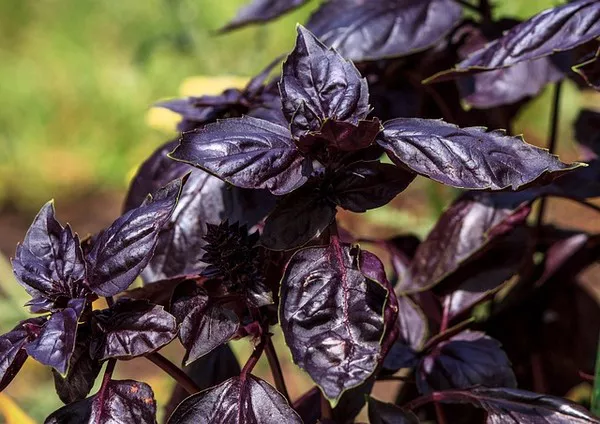Basil, a popular herb known for its aromatic leaves and culinary applications, has found its place in gardens, kitchens, and even medicinal practices around the world. To ensure optimal growth and yield, the spacing between basil plants plays a crucial role. Proper spacing not only promotes healthy individual plant development but also contributes to overall crop vitality and disease prevention. In this article, we delve into the science behind how far apart basil plants should be spaced for optimal growth and to achieve bountiful harvests.
Understanding Basil’s Growth Habit
Before determining the appropriate spacing for basil plants, it’s essential to understand their growth habit. Basil, scientifically known as Ocimum basilicum, is an annual herb that thrives in warm and sunny conditions. It is prized for its tender leaves, which are commonly used in various culinary dishes, teas, and essential oils.
Basil plants have a branching growth pattern with multiple stems arising from a central point. The leaves are arranged in pairs along the stem, and they often emerge in opposite directions. The plant’s overall size and vigor can vary based on factors such as the basil variety, soil quality, sunlight exposure, and water availability.
Benefits of Proper Spacing
Proper spacing of basil plants is essential for several reasons:
Air Circulation: Adequate spacing ensures good air circulation between plants, which reduces the risk of fungal diseases that thrive in humid and crowded conditions.
Light Penetration: Optimal spacing allows sunlight to reach all parts of the plant, promoting photosynthesis and healthy growth.
Root Development: Ample space allows basil’s root system to spread out without competition, enabling better nutrient absorption and overall plant stability.
Harvest Ease: Well-spaced plants are easier to harvest, reducing the risk of damaging adjacent plants during harvest activities.
Recommended Spacing Guidelines
The recommended spacing for basil plants can vary based on the specific variety being grown. However, a general guideline for spacing basil plants is typically in the range of 12 to 18 inches (30 to 45 centimeters) apart. This spacing provides enough room for each plant to grow and develop without overcrowding. When planting basil in rows, maintain a row spacing of about 18 to 24 inches (45 to 60 centimeters) to allow ample access for maintenance and harvesting.
Planting Techniques for Optimal Spacing
When planting basil, consider the following techniques to ensure proper spacing:
Direct Seeding: When sowing basil seeds directly in the garden, plant them at the recommended spacing, and thin the seedlings as they grow. Thinning involves removing excess seedlings to achieve the desired spacing between plants.
Transplanting: If starting basil indoors for later transplanting, ensure that seedlings are spaced appropriately in their individual pots. When transplanting, maintain the same spacing in the garden to ensure consistent growth.
Successive Planting: For a continuous basil supply, consider successive planting. This involves planting new batches of basil every few weeks, allowing you to stagger the harvest and maintain optimal spacing.
Consideration for Different Varieties
It’s important to note that different basil varieties may have specific spacing requirements based on their growth habits and intended use. Here are a few examples:
Sweet Basil: This is the most common basil variety used in cooking. It generally benefits from spacing of around 12 to 18 inches apart. Its compact growth habit makes it suitable for container gardening as well.
Genovese Basil: Known for its robust flavor, Genovese basil benefits from slightly wider spacing of 18 to 24 inches. This spacing accommodates its larger leaves and promotes better air circulation.
Thai Basil: With its distinct anise-like flavor, Thai basil can also be planted 18 to 24 inches apart. Its taller growth habit may require a bit more space.
Lemon Basil: Lemon basil’s unique citrus aroma makes it a popular choice. Similar to sweet basil, it thrives with 12 to 18 inches of spacing.
Conclusion
In the world of gardening, success lies in understanding the unique requirements of each plant species. Basil, with its versatility and popularity, is no exception. Proper spacing of basil plants, whether in a garden bed or container, is a critical factor in achieving healthy growth, robust yields, and disease prevention. By adhering to recommended spacing guidelines and considering the specific needs of different basil varieties, gardeners can ensure their basil plants flourish and provide aromatic, flavorful leaves for a multitude of culinary and medicinal purposes.


